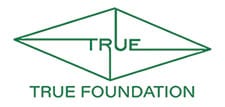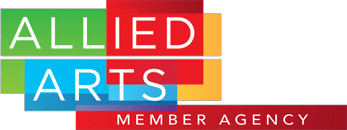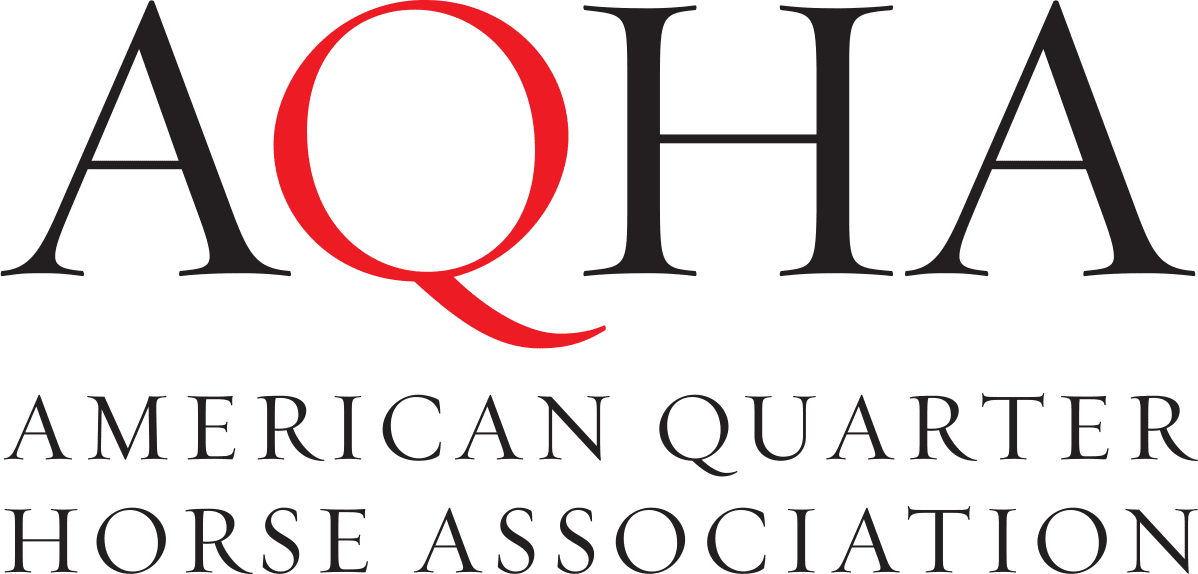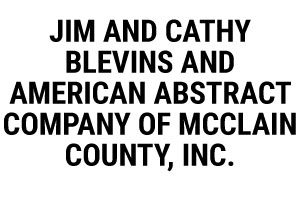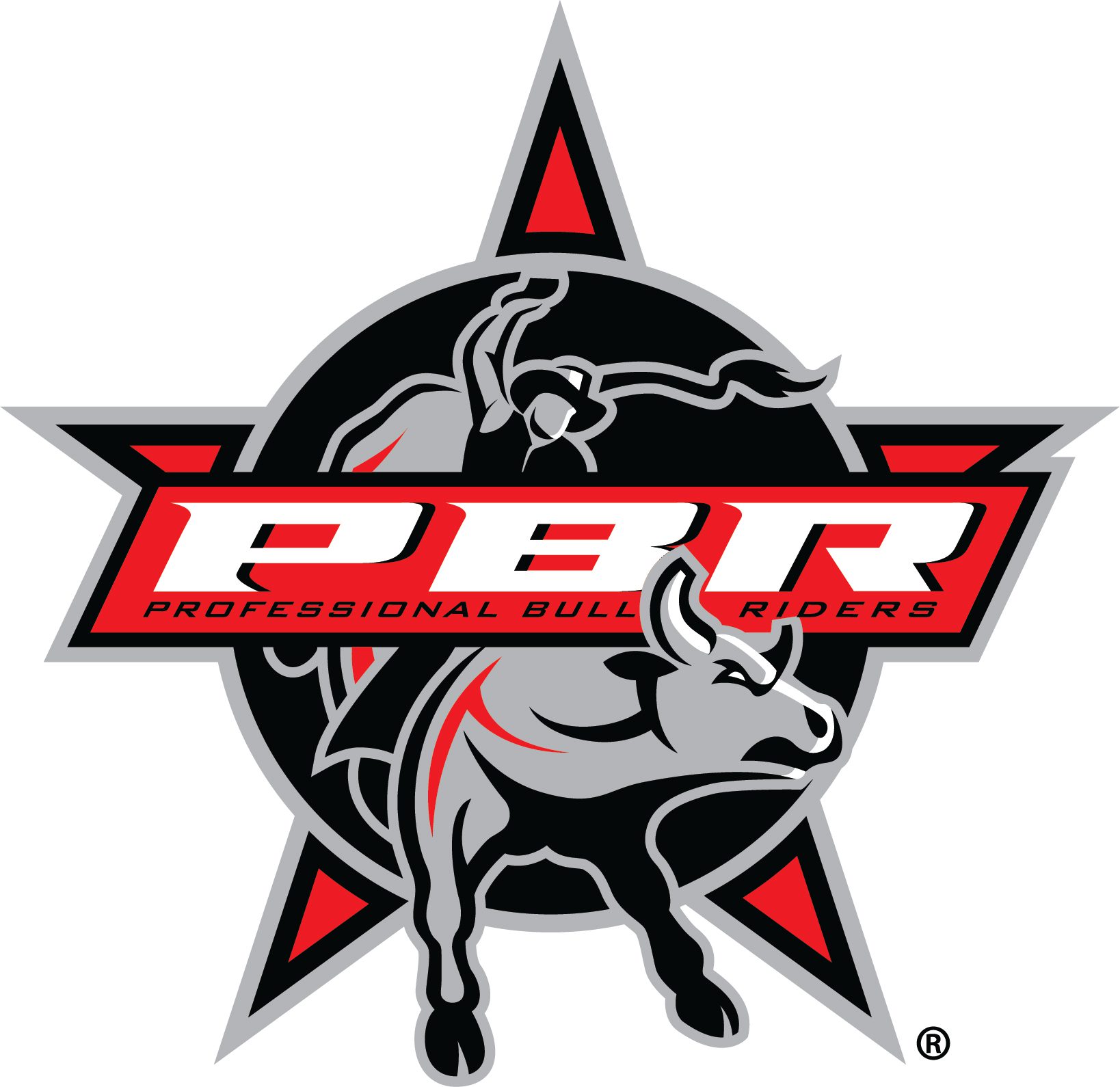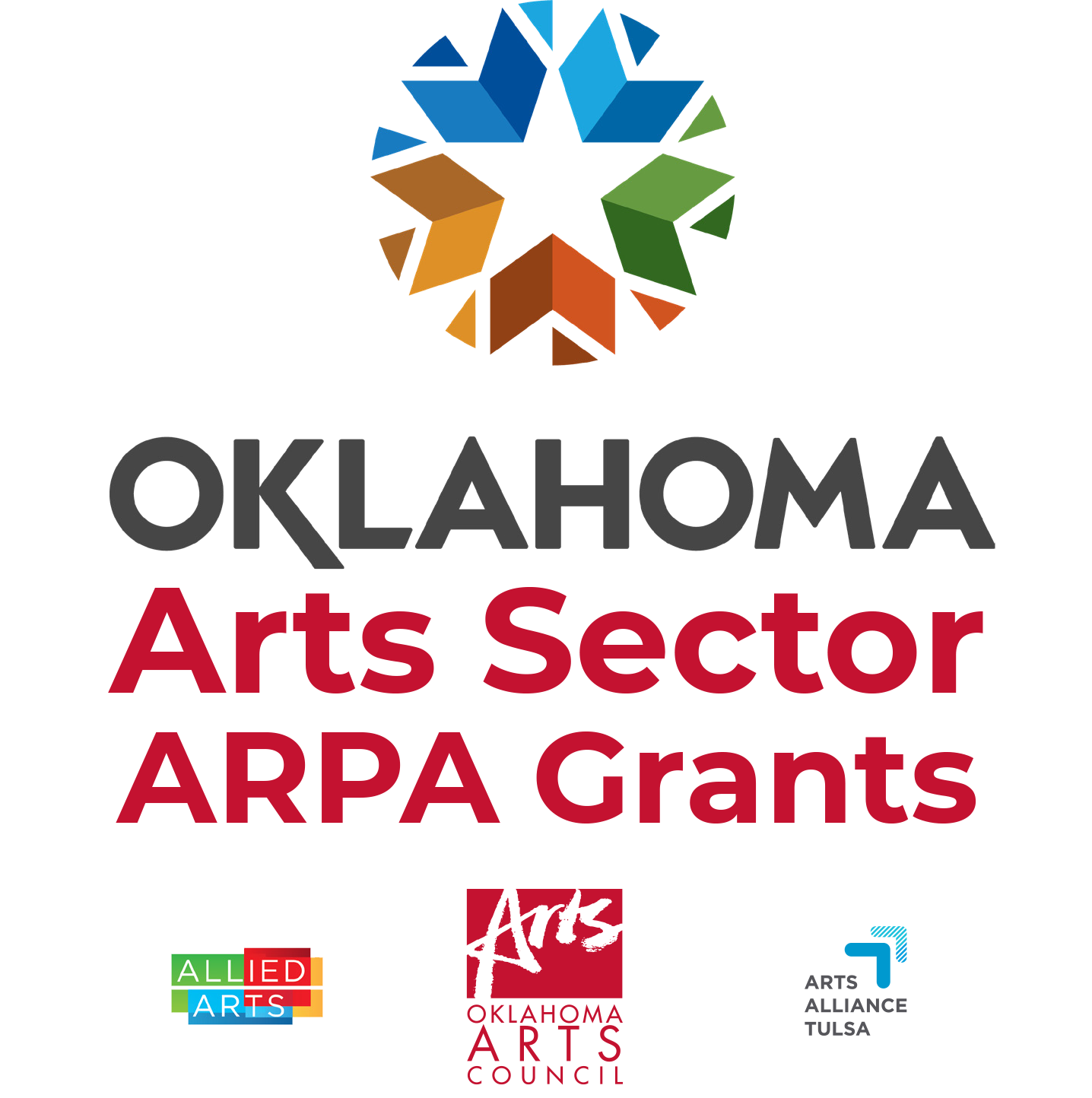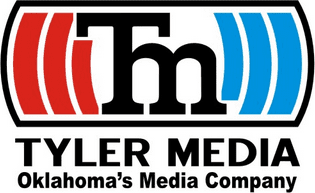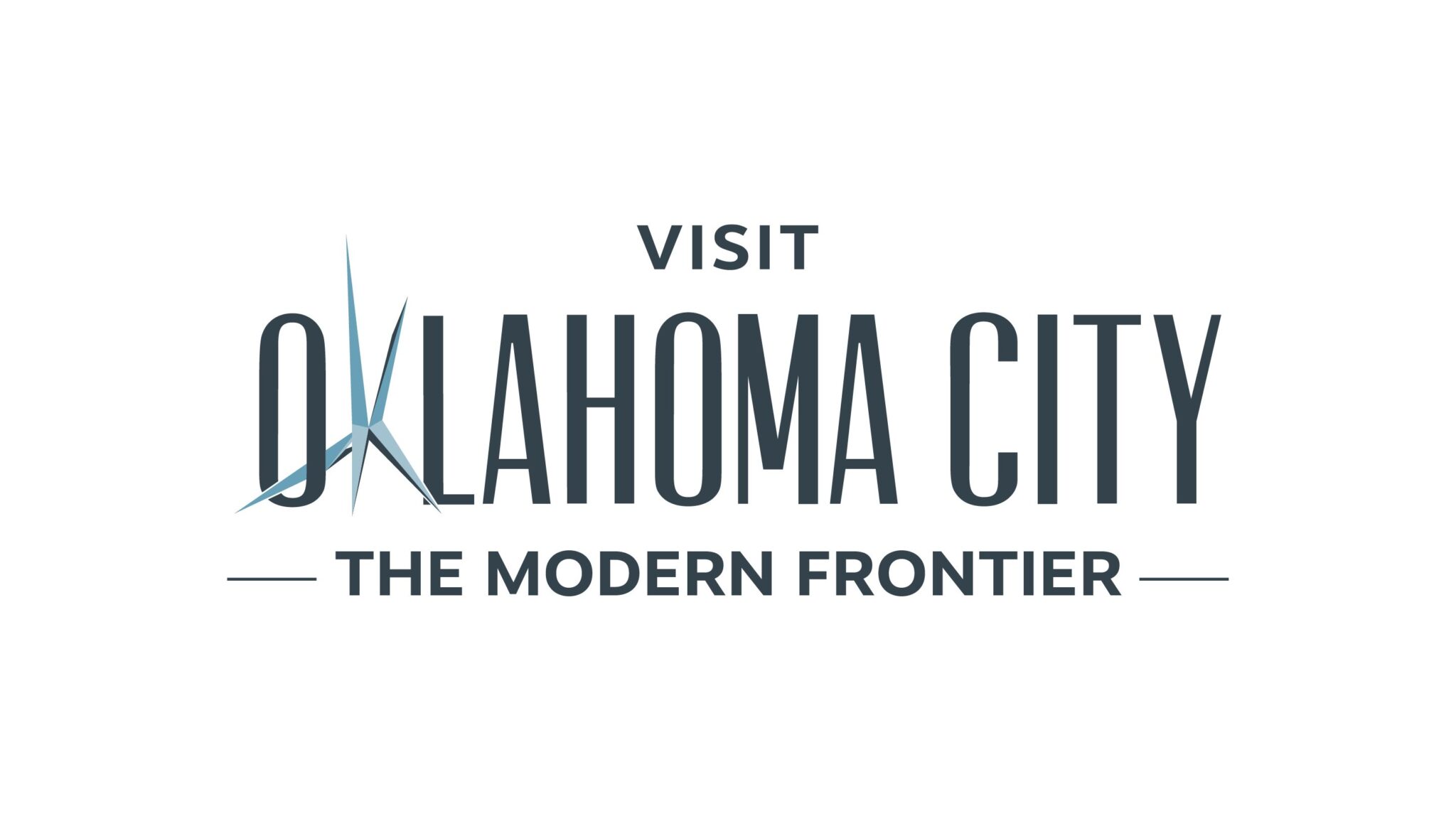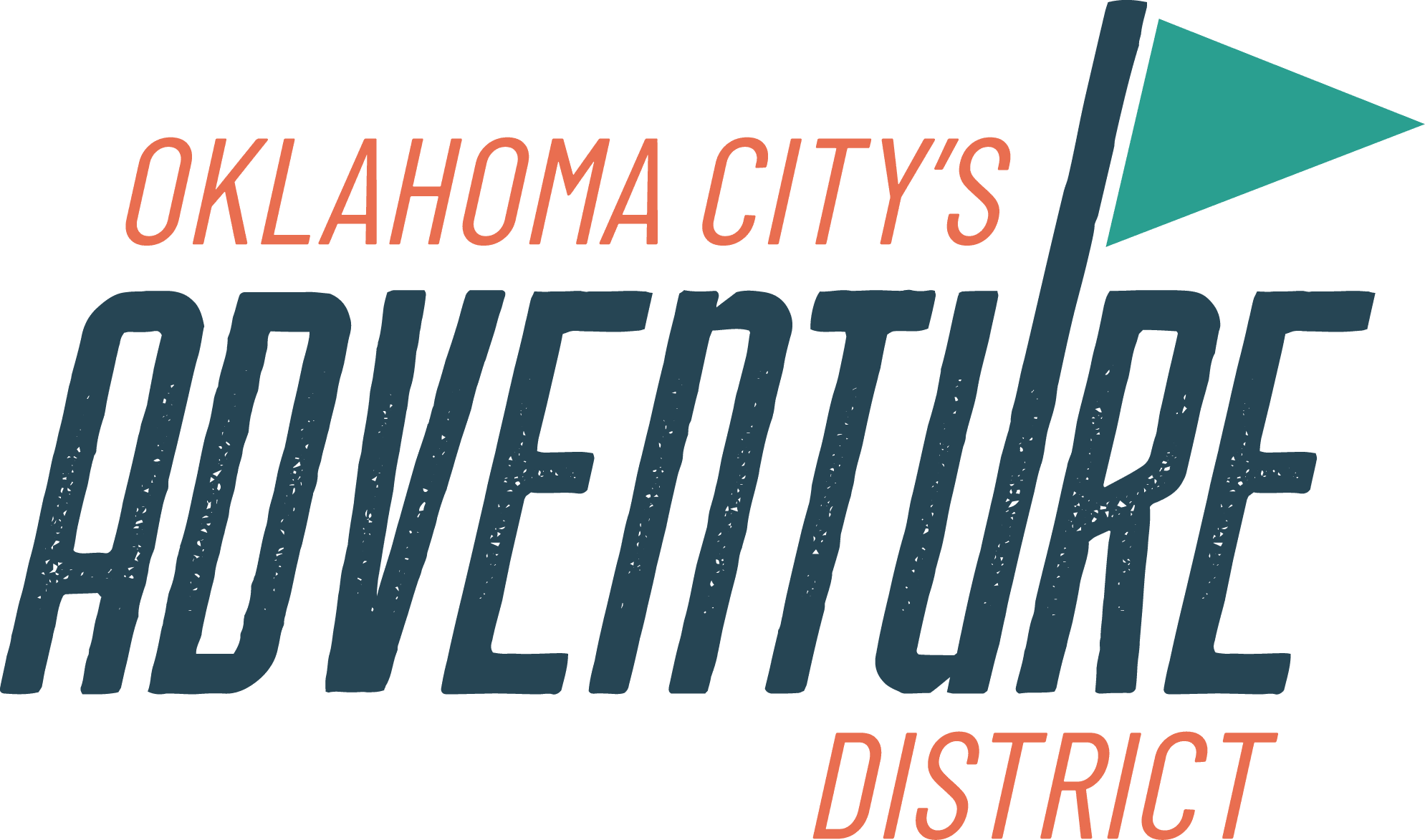Welcome to the blog about our podcast “This Week in the West.” We’ll share the show’s scripts on our blog each week. If you want to listen, click above, subscribe on your favorite podcast app or check back here every Monday.
If you have questions, ideas or feedback about the podcast, you can reach out to podcast@nationalcowboymuseum.org
June 30, 2025: Ralph Doubleday
Howdy folks, it’s June 30th and First Week of July 2025 and welcome to This Week in The West.
I’m Seth Spillman, broadcasting from the National Cowboy & Western Heritage Museum in Oklahoma City.
On this podcast, we share stories of the people and events that shaped the history, art and culture of the American West—and those still shaping it today.
It was 1910 at the Cheyenne Frontier Days rodeo, and the crowd roared as a bronc named Teddy Roosevelt exploded out of the chute. As rider Gus Nylen catapulted into midair, a sharp click echoed across the arena.
Behind that click was a determined man with a battered black camera. Ralph Russell Doubleday had just captured what is believed to be the first action photograph of a rodeo cowboy mid-flight. The image would not only mark a turning point in Doubleday’s career, but help elevate rodeo to one of America’s premier spectator sports — one we celebrate daily here at The Cowboy.
Today we remember Doubleday, the father of rodeo photography, who was born this week, on July 4, 1881, in Canton, Iowa.

The photo that started it all (above): Gus Nylen is thrown from Teddy Roosevelt at the 1910 Frontier Days Rodeo, From Our Collection, Doubleday 075
A young Ralph Doubleday was raised in Iowa during the days when the closest his town would get to the Wild West was when a show or a circus came to town. However, as a teenager, he discovered a key to unlocking adventure around the world.
George Eastman’s Kodak camera made photography accessible to amateurs around the time Doubleday was growing up. He was quickly hooked, experimenting with different photo techniques, which earned him opportunities for a blur of exciting jobs at the start of the 20th Century.
Before earning his fame snapping rodeo pictures, Doubleday traveled extensively, photographing popular stereopticon slides of foreign countries, documenting Theodore Roosevelt’s big game hunts in Africa and visiting the Seminole tribe in the Everglades to photograph their people.
After his breakthrough at Cheyenne Frontier Days in 1910, Doubleday dedicated himself to capturing the grit and spectacle of rodeo life.
Over the next 40 years, he crisscrossed the country by train, car and eventually with a trailer full of developing equipment in tow — shooting events large and small.
He turned the tiny kitchens and bathrooms on the arena grounds into darkrooms, processing hundreds of images each night to sell the next day. He often averaged 200 prints per negative and sold postcards by the millions to shops, drugstores and Woolworth stores.
Doubleday was not just a craftsman but an innovator. He constantly modified his primary camera, a decades-old 5×7 plate Graflex, patching it with chewing gum, tape and bits of postcard. Instead of a sunshade, he used a rubber band to hold half a postcard over the lens.
He never used a telephoto lens, preferring instead to get as close to the action as possible, and that meant being on the area dirt, dodging horses and bulls.
He rarely shot faster than 1/500 second. Doubleday believed that freezing every motion killed the spirit of the moment. He wanted to show a blur of muscle, the arc of dust and the strain on a rider’s face.
Rodeo historian and promoter Foghorn Clancy, who called Doubleday the “undisputed World’s Champion Rodeo Photographer,” once wrote, “In those days there were not many photographers who would risk camera and film, not to mention life and limb, trying to get action pictures.”
According to Doubleday’s biography, Will Rogers was to have said: “Ralph is responsible for 90 per cent of top rodeo action pictures. Seeing his name on a photo is like seeing ‘sterling’ on silver.”
Doubleday was a solitary man who never married. By 1953, on his final rodeo tour, Doubleday walked with a cane and was nearly blind. He needed an assistant to help with the photographs, but still used the old Graflex, with its jury-rigged lens and scarred body.
Ralph Doubleday died on June 30, 1958, just days before what would have been his 77th birthday.
He was buried in Council Bluffs, Iowa. Friends and family attended his funeral, and instead of flowers, his cherished 10-gallon rodeo hat—a gift from movie cowboy Tom Mix—rested atop his casket, just as he had requested.
Doubleday has a significant presence here at the National Cowboy & Western Heritage Museum. In 1988, thirty years after his death, he was inducted into the National Rodeo Hall of Fame.
Our Dickinson Research Center here at The Cowboy contains an extensive collection of Doubleday’s work as part of our archive of more than 700,000 photos of rodeo and the American West.
The Ralph R. Doubleday Rodeo Photograph Collection comprises 4,003 negatives (2,245 safety film negatives, 1,470 nitrate negatives, and 288 glass plate negatives), as well as over 400 postcards.
And with that, we’ll close the shutter on another episode of “This Week in The West.”
Our show is produced by Chase Spivey and written by Mike Koehler
Follow us and rate us on Apple Podcasts or wherever you hear us. That helps us reach more people.
We can follow us on social media and online at nationalcowboymuseum.org.
Got a question or a suggestion? Drop us an email at podcast@nationalcowboymuseum.org
We leave you today with the words of Hall of Fame rodeo historian Foghorn Clancy: “Ralph Doubleday’s photography has been a big factor in the development of rodeo, for action pictures, like nothing else, can depict the thrill and excitement of the game.”
Much obliged for listening, and remember, come Find Your West at the National Cowboy & Western Heritage Museum.
